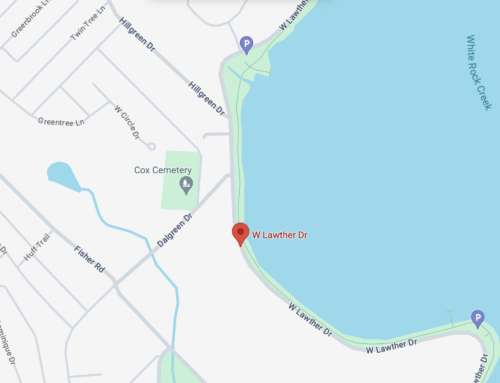(Warning: Mute the video. It’s cool, but the sound is horrendous.)
It isn’t that uncommon to hear sirens, have bad storms or even hear of weather-related tree fallings, power outages and window smashings around our neighborhoods, but what about Tuesday’s multiple-tornado scare? How rare is it for a tornado, much less several of them, to touch down in a densely populated metropolis? Dallas?
Accuweather’s senior Meteorologist reported that in his 29 years of forecasting he has never seen two tornados hit two large metropolitan areas at the same time, referring to the simultaneous touchdowns in Dallas and Fort Worth. He adds that it is rare for a tornado to hit a city at all, but Dallas and Fort Worth have seen a fair share.
“Over the last 60 years (since 1952), a total of 172 tornadoes have been reported in either Tarrant or Dallas counties, Texas. Of these, 42 have been rated at least an EF2 (wind speeds over 110 mph). The strongest, rated EF4, hit Dallas on April 25, 1994, killing three people and injuring 48. Neither county has ever reported an EF5-rated tornado,” according to the National Weather Service. “There have been five killer tornadoes that have claimed 17 lives over the past 60 years in these two counties.”
According to the Accuweather article, April is the most likely month for a tornado strike in Dallas, and May is the second most likely month.
Historical records show that Dallas is not the most likely big city to get hit, but it is near the top of the list. Oklahoma City, the experts say, is probably the urban city most in danger, for it is at the heart of “Tornado Alley”.
For you weather nerds: “The region of the country referred to as ‘Tornado Alley’ extends from Texas through the Plains, where tornadoes most frequently develop in the U.S. This is due to the fact that dry air sweeps eastward from the Rockies, while deep moisture surges out of the Gulf of Mexico. The clashing of air masses becomes the battleground for severe weather,” according to Accuweather.
The weather site’s latest tally of Tuesday’s twisters show that we had four EF-0s, one EF-1, three EF-2s, one EF-3 and two more that still need to be assessed. Here’s what the ratings mean:
EF-0. Light damage
Wind 65 to 85 mph. Causes some damage to siding and shingles
EF-1. Moderate damage
Wind 86 to 110 mph. Considerable roof damage. Winds can uproot trees and overturn single-wide mobile homes. Flagpoles bend.
EF-2. Considerable damage
Wind 111 to 135 mph. Most single-wide mobile homes destroyed. Permanent homes can shift off foundation. Flagpoles collapse. Softwood trees debarked.
EF-3. Severe damage
Wind 136 to 165 mph. Hardwood trees debarked. All but small portions of houses destroyed.
EF-4. Devastating damage
Wind 166 to 200 mph. Complete destruction of well-built residences, large sections of school buildings.
EF-5. Incredible damage
Wind above 200 mph. Significant structural deformation of mid- and high-rise buildings.






